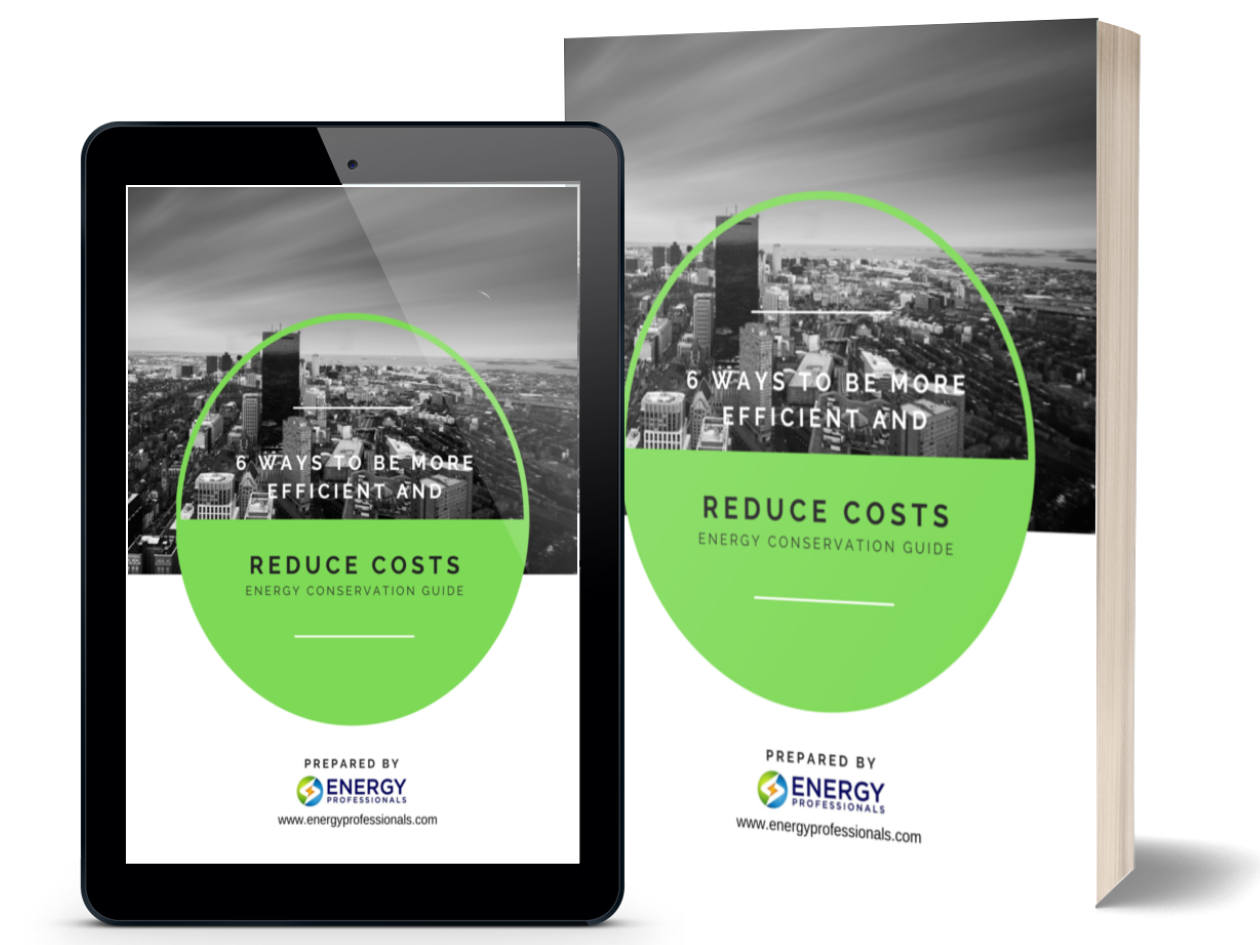Energy Update | August 27th, 2019
Is It Wise to Purchase Natural Gas During It’s Fall Shoulder Period? In my July 29th Energy Update, I said

Is It Wise to Purchase Natural Gas During It’s Fall Shoulder Period? In my July 29th Energy Update, I said
In my July 29th Energy Update, I said when Natural Gas prices declined below $2.50 per MMBtu, Commercial Hedgers began buying Natural Gas futures and over the years, I learned it was wise to follow the lead of Commercial Hedgers. They are risk averse and have more capital than speculative traders to move markets. Commercial hedgers are aware there were only 3 previous periods since 2000 when Natural Gas traded below $2.50 per MMBtu, and it always preceded much higher prices for an extended period. The chart below is a picture of what has taken place in the past when Natural Gas declined to near present price levels:
Although no one knows how much longer Commercial Hedgers will build their long positions prior to the market moving higher, the empirical evidence continues to point to higher prices long-term. As you can see in the chart below, Commercial Hedgers continue to own a large number of Natural Gas futures holding nearly 200,000 long contracts:
In today’s report I explain based on a tendency repeated 12 times since 2000 why I believe it is wise to hedge your cost of Natural Gas and Electricity during this year’s Fall “Shoulder” period.
Since 2000, 12 times Natural Gas declined either into the Spring or Fall “Shoulder” periods followed by strong rallies. “Shoulder” periods occur between the Summer cooling and Winter Heating seasons. The demand for Gas and Electricity always decline in the Spring and Fall prior to increasing during the Summer cooling and Winter heating seasons. Therefore, it is not surprising Natural Gas often experiences a cyclical low during “Shoulder Periods” when demand is low and tends to rally when demand increases.
Commercial Hedgers understand the risk of higher prices this winter is substantial, which is why I believe they have purchased a large number of futures contracts to protect themselves. They are fully aware of the tendency of Natural Gas and Electricity reaching a cyclical low during low demand Shoulder periods, and as previously stated there were only 3 previous periods since 2000 when Natural Gas traded below $2.50 per MMBtu, and it always preceded much higher prices for an extended period.
One last point, 9 of the 12 “Shoulder” periods since 2000 occurred late Summer or early Fall, three in August, five in September and one in October. Based on this observation, the empirical evidence points to this period as a window of opportunity to enter hedges when Natural Gas is trading near a historical low, which is where we are today. Reaching a cyclical low early in the fall is not surprising because a low reached during the fall shoulder takes place prior to increased winter demand and demand for Natural Gas is higher during the winter heating season than the summer cooling season. Historically the largest price increases have occurred during the winter; therefore, I believe it is wise to follow the lead of the Commercial Hedgers and purchase hedges during this year’s Fall Shoulder period.
Not every client’s risk tolerance and hedging strategy is the same, but the above report will help you put into perspective the risk/reward opportunities. I invite you to call one of our energy analysts to help you plan a hedging strategy appropriate for your situation.
Ray Franklin
Energy Professionals
Senior Commodity
Analyst


Don't have one? You can get one by calling us at 855-4-PKIOSK.
Energy Professionals is committed to finding its customers the best possible rates on electricity and natural gas. Tell us your location and service type and our energy manager will connect you to the most competitive offers.
Switching to an alternate supplier is easy. There is no chance of service disruption, and you'll continue with your current utility for energy delivery and emergency service. Take a few minutes to discover your best offers, and enjoy the benefits of retail energy in your home or business.
1. Energy Type
2. Service Type
3. Zip Code
4.Local Company
5.Zone
We believe that knowledge is power. Here’s a free e-book that provides business solutions to reducing energy costs.
Download E-Book Free Energy Audit




